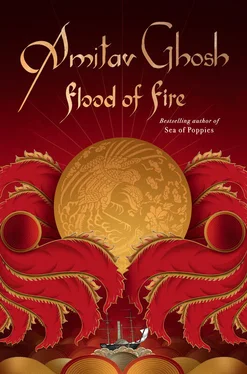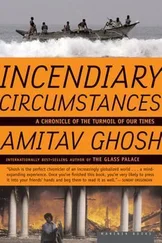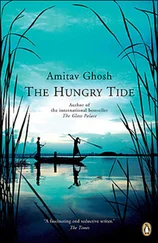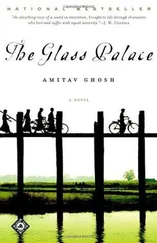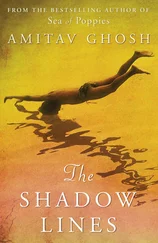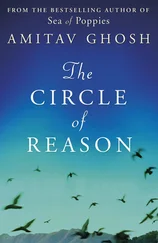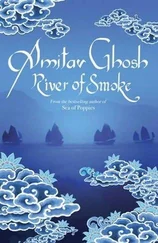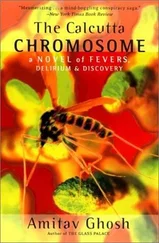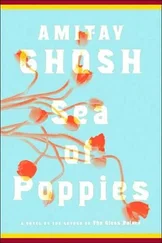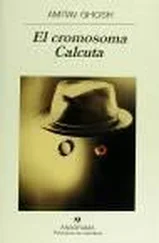Curiously the clause that would later become the most famous passage in the treaty — that which formalized the handing over of Hong Kong — he deemed almost unworthy of comment, noting only: ‘But they had seized it already!’
Over the next decade Neel spared neither effort nor expense in acquiring materials related to the events that culminated in the Treaty of Nanking — that is to say, the conflict that would come to be known as the First Opium War (needless to add, the Second Opium War was to lead to an enormous expansion of Neel’s collection). Later Raju too would contribute significantly to the archive: a growing desire to fully comprehend the events he had lived through as a boy would eventually send him on a long search for materials on military matters — histories, manuals, dispatches, memoirs, maps and, especially, first-hand accounts of the battles that he had witnessed.
At the time of the archive’s removal from China the circumstances were such that many of the bulkier volumes had to be left behind or destroyed, in order to salvage Neel’s own writings. Fortunately both Neel and Raju were meticulous record-keepers: they maintained a detailed catalogue, not only of the materials that were actually in their possession, but also of those that they hoped to acquire (nor did they fail to list certain documents, like secret government reports, that were then barred from circulation).
Although this catalogue has survived, time has not been kind to it: some pages are torn, a few are missing; many entries have been obscured by patches of dampness and mildew; others have been consumed by worms, ants and weevils. However, from the fragments that remain it was possible to piece together a ‘virtual library’ of the sources that Neel would have used had he himself been able to write an account of these events. This compilation led the author to the following: The Annual Register or a View of the History and Politics of the Year 1841 (London, 1842); Capt. Sir Edward Belcher, Narrative of A Voyage Round the World Performed in Her Majesty’s Ship Sulphur During the Years 1836–42 Including Details of the Naval Operations in China (Henry Colburn, London, 1843); William Dallas Bernard and Sir William Hutcheon Hall, The Nemesis in China: comprising a history of the late war in that country; with a complete account of the colony of Hong-Kong (Henry Colburn, London, 1846); John Elliot Bingham, Narrative of the Expedition to China from the Commencement of the War to its Termination in 1842 , Vols. I and II (Henry Colburn, London, 1843); Elijah C. Bridgman, Description of the City of Canton (Canton, 1834); A Catalogue of the Library Belonging to the English Factory at Canton in China (printed at the Hon. East India Company’s Press, Macao, 1819); The Chinese Repository , Vols. VII–X; The Sessional Papers Printed by Order of the House of Lords, Session 1840, Vol. VIII, Correspondence Relating to China (presented to Both Houses of Parliament by Command of Her Majesty, 1840, printed by T.R. Harrison, London, 1840); James Cuninghame, The Tactic of the British Army Reduced to Detail, with Reflections on the Science and Principles of War (London, 1804); Capt. Arthur Cunynghame, The Opium War, Being Recollections of Service in China (Philadelphia, 1845); Sir John F. Davis, Sketches of China (Charles Knight, London, 1836); Capt. F.B. Doveton, ‘Reminiscences of the Burmese War’, Asiatic Journal and Monthly Miscellany , Vol. XL, New series, Jan.-Apr. (W.H. Allen, London, 1843); C. Toogood Downing, The Fan-qui in China’ in 1836–37 , 3 vols. (Henry Coburn Publisher, London, 1838); Émile D. Forgues, La Chine Ouverte; Aventures d’un Fan-Kouei dans le Pays de Tsin, par Old Nick, ouvrage illustré par Auguste Borget (H. Fournier, Paris, 1845); Capt. and Adj. F.A. Griffiths, The Artillerists Manual and Compendium (Woolwich, 1839); A. Haussmann, ‘A French Account of the War in China’, United Service Magazine , Vol. 1, Vol. 71, (1853, pp. 50–63; 212–20; 571–80); William C. Hunter, The Fan-Kwae at Canton Before Treaty Days, 1825–1844; Line of March of a Bengal Regiment of Infantry in Scinde (Panorama) (Ackermann, London, 1830); Lord Jocelyn, Six Months with the Chinese Expedition or, Leaves from a Soldier’s Notebook (John Murray, London, 1841); Sir Andrew Ljungstedt, An Historical Sketch of the Portuguese Settlements in China; And of the Roman Catholic Mission in China (Boston, 1836); Capt. Granville G. Loch, The Closing Events of the Campaign in China: the Operations in the Yangtze-kiang and Treaty of Nanking (John Murray, London, 1843); D. McPherson, The War in China: Narrative of the Chinese Expedition (London, 3rd edn, 1843); Alexander Murray, Doings in China. Being the personal narrative of an Officer engaged in the late Chinese Expedition, from the recapture of Chusan in 1841, to the peace of Nankin in 1842 (London, 1843); Gideon Nye, The Morning of My Life in China: comprising an outline of the history of foreign intercourse from the last year of the regime of honorable East India Company, 1833 to the imprisonment of the foreign community in 1839, Canton, 1873; Peking, the Goal — the Sole Hope of Peace. Comprising an Inquiry into the Origin of the Pretension of Universal Supremacy by China and into the Causes of the First War; with incidents of the Imprisonment of the Foreign Community and of the First Campaign of Canton, 1841 (Canton, 1873); ‘Official Accounts of the Late Naval and Military Operations in China’, Calcutta Gazette , Extra, 7 Aug. 1841, reprinted in Nautical Magazine and Naval Chronicle (1841); Lt. John Ouchterlony, The Chinese War: An Account of all the Operations of the British War (1844); Reportfrom the Select Committee on the Trade with China (Parliamentary papers, 1840); John Phipps, A Practical Treatise on the China and Eastern Trade: Comprising the commerce of Great Britain and India, particularly Bengal and Singapore with China and the Eastern Islands (W. Thacker, Calcutta, 1836); Remarks on the Dress. Discipline & c. of the Bengal Army , by a Bengal Officer (Calcutta, 1798); John Lee Scott, Narrative of a Recent Imprisonment in China After the Wreck of the Kite (London, 1842); Samuel Shaw, The Journals of Major Samuel Shaw, the First American Consul at Canton, with a Life of the Author by Josiah Qincy (Boston, 1847); J. Lewis Shuck, Portfolio Chinensis: or A Collection of Authentic Chinese State Papers Illustrative of the History of the Present Position of Affairs in China (Macao, 1840); John Slade, Notices on the British Trade to the Port of Canton, with some Translations of Chinese Official Papers Relative to that Trade (Smith, Elder, London, 1830); John Slade, Narrative ofthe Late Proceedings and Events in China (Canton Register Press, Macao, 1840); Standing Orders For the Bengal Native Infantry , 2nd edn (Calcutta, 1840); Subedar Seetaram, From Sepoy to Subedar , trans. James Thomas Norgate (London, 1873); Statement of Claims of the British Subjects interested in Opium surrendered to Captain Elliot at Canton for the Public Service (London, 1840); Thayer Thatcher, A Sketch of the Life of D.W.C. Olyphant: Who Died at Cairo, June 10, 1851, with a Tribute to his Memory (Edward O. Jenkins, 1852); Henry Meredith Vibart, Military History of the Madras Engineers and Pioneers; From 1743 Up to the Present Time , Vol. II (W.H. Allen, London, 1883); Capt. John Williams, An Historical Account of the Rise and Progress of the Bengal Native Infantry from its First Formation in 1757 to 1796 When the Present Regulations Took Place (John Murray, London, 1817); and William John Wilson, History of the Madras Army , Vol. 2 (Govt. Press, 1882).
Читать дальше
